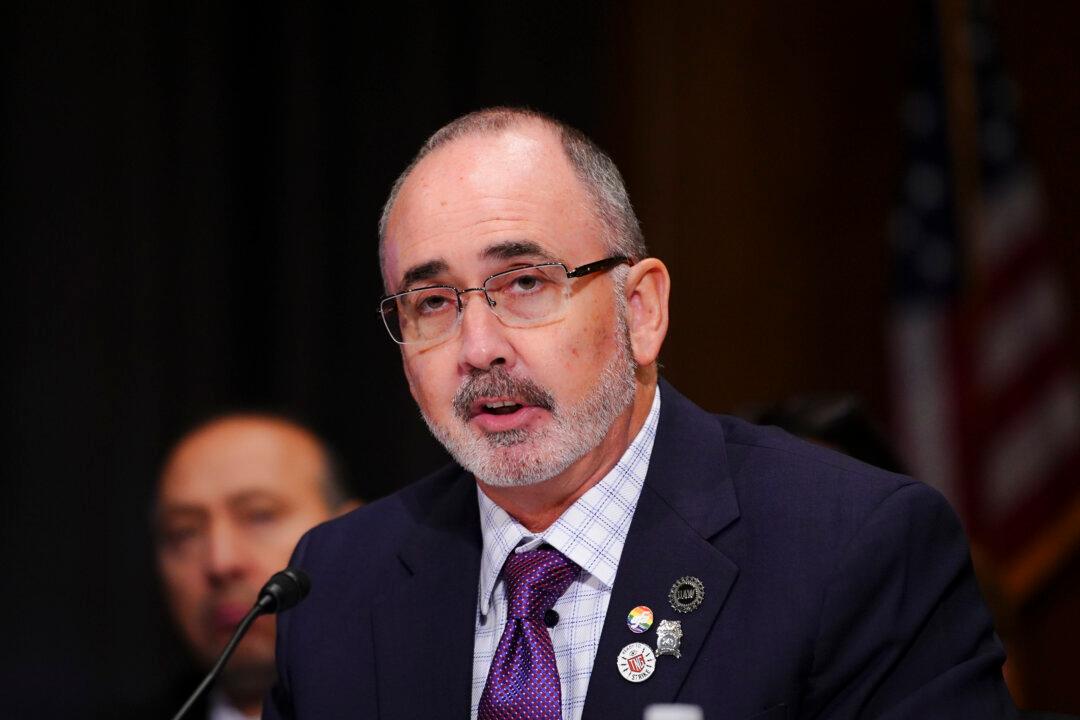The number of U.S. businesses filing for Chapter 11 bankruptcies rose last month on an annual basis, continuing the trend of rising bankruptcies seen last year, according to the American Bankruptcy Institute (ABI).
A Chapter 11 bankruptcy involves the reorganization of a company’s assets and liabilities under court supervision. This type of bankruptcy process allows a company to remain in business while restructuring its finances.
Meanwhile, overall commercial bankruptcy filings increased 11 percent, with small-business filings rising 7 percent.
At the time, Amy Quackenboss, executive director of ABI, said the continued increase in bankruptcies reflected the “growing list of economic challenges faced by consumers and businesses.”
“Rising interest rates, inflation, increasing geopolitical tensions, and shifts in post-pandemic consumer spending have more struggling businesses and families turning to bankruptcy for a financial fresh start from their growing debt loads,” she said.
Michael Hunter, vice president of Epiq AACER, predicted that the “steady increase” in bankruptcy filings in 2024 was expected to continue throughout this year as well.
The prediction turned out to be true in the first month of 2025 as total filings jumped 13 percent in January.
There were 694 corporate bankruptcies last year, with the previous high being the 828 bankruptcies registered in 2010.
“Businesses continued to face pressure in 2024 from elevated interest rates, especially as total debt among credit-rated nonfinancial U.S. companies reached a quarterly record of $8.453 trillion and interest coverage remained weak in the third quarter of the year,” the report states.
Bankruptcies by Sector, 2025 Situation
According to S&P data, companies from the consumer discretionary sector saw the largest number of bankruptcies last year with 109 filings, followed by the industrials sector with 90 filings. These two sectors combined accounted for 28 percent of all filings made last year.Health care came in the third spot, followed by consumer staples, information technology, financials, communication services, real estate, materials, energy, and utilities.
“High interest rates have hurt companies with weak operating cash flows, and overall we expect an upswing in the number of bankruptcies. Some companies that have struggled with higher rates, however, will seek out-of-court restructurings through increasingly popular liability management transactions,” the report states.
“The prospect of a less-regulated environment—which likely will take months to materialize in the form of regulatory and legal changes under a new administration—may provide some relief for stressed companies.”
While the Federal Reserve is lowering its benchmark interest rates, the central bank is doing so “cautiously,” PwC said, adding that any sign of resurgence in inflation could cause the Federal Reserve to “hit the brakes” on easing rates.







